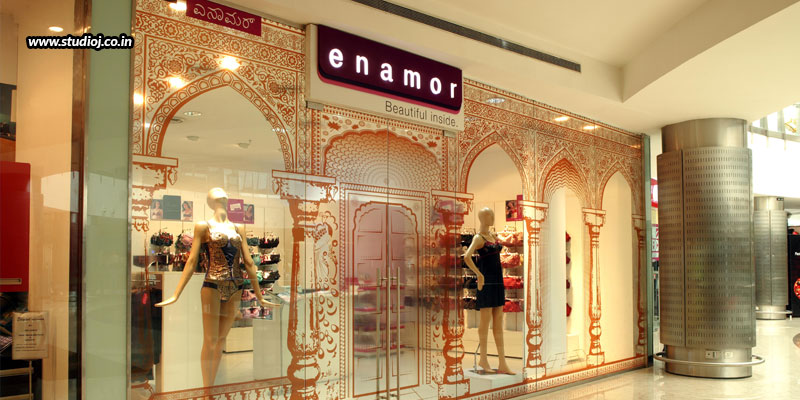
What’s in-store for retail?
In world spiraling rapidly into a digital space, will physical retail soon lose its spark?
The original brick and mortar retail was simple: it was constructed with basic displays of products for ease of access and a rudimentary exchange system. As industrial development thrived, the itinerant shops of the past deconstructed into showrooms and units with store displays to strategic shelving product-movement placement. These later reconstructed into an amalgam of choices meeting a singular need: from hypermarkets, supermarkets, franchise and licensed units, to full-fledged malls and centers bricked thick with low, mid and high-end stores within. But with the digital shift, freedom of choice, display design and innovation are not at the heart of buyer motivation any longer.
What the world demands today is the very best and much more clubbed into an easy and quick shopping experience. And in the case where all the wants of the world can be met with just a touch, it is no surprise that buyer behavior has slipped away from bricks to clicks.
The Indian Retail Industry Report conducted in 2018 alone shows India to be fifth in line for the title of the fastest growing retail industry destination in the world. By 2020, the country anticipates close to a 200% growth in the retail unit from US$ 672 billion in 2017 – but this growth is expected to benefit online retail the most. In this case, should B&M’s simply close shop and make way for the digital dragons to take over?
The answer is yes – and no.
When earlier retail stores were fundamentally created for the exchange of goods, today, they are a hub for exchanges of ideas, information, and human interaction. The duality of physical retail means that although individual, non-service outlets may wish to both digitize and capitalize on showrooming, retail design and visual merchandising, clusters of retail cells such as malls and marketplaces will carry forward on footfall and activations.
This will stand true even as the retail real estate cuts and bleeds over inflating rents and depleting marketing budgets.
A significant paradigm shift is in taking stores from commerce to e-commerce. Retail applications, search & discovery, e-service registrations and multi-brand online retailers have become a major source of income for retail providers, and the ability to track revenue, sales, and brand-buyer relationships through the Internet of Things is a reigning trend in the industry.
While there is a sense of impending doom for nuclear retail not getting on the digital map, there is also a renewed hope for physical retail when it embraces digitization – in-store or on internet or through Omni-channel marketing strategies.
Already embraced by many brands like Levis, Roadster, Carat Lane they are early examples of the digitized retail shopping experience where not only we see a shift in the form of advertisements but also customer interaction with the merchandise. The Amazon Go store is also a very good working example of the future supermarket retail.
The future of retail will defiantly see a paramount shift and change in the way it will be articulated and presented to the customers, what will set the brands apart is their ability to adapt the upcoming digital technology along with their creative interpretations of the same.
So what do you think is ‘in-store’ for retail’?
Do get in touch with us to discuss and collaborate with our team of Experiential Designers in Bangalore.

